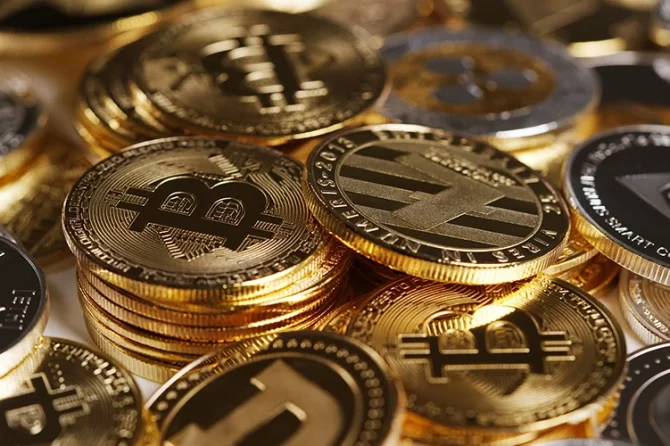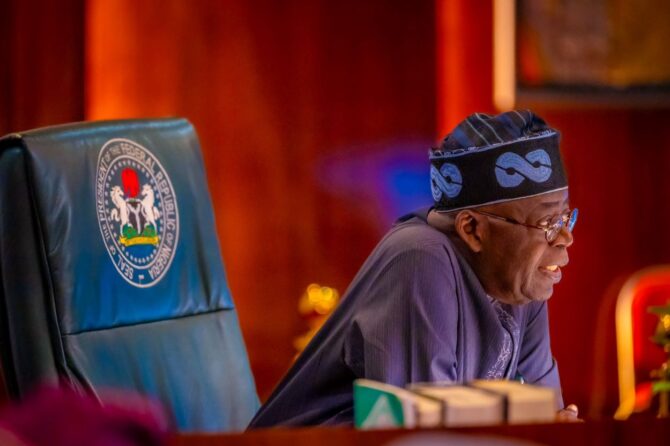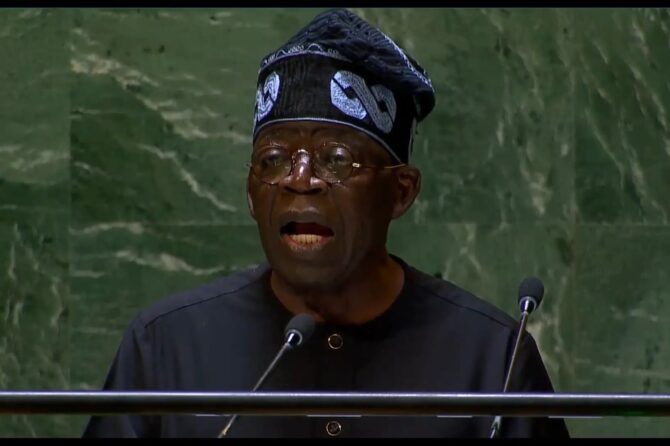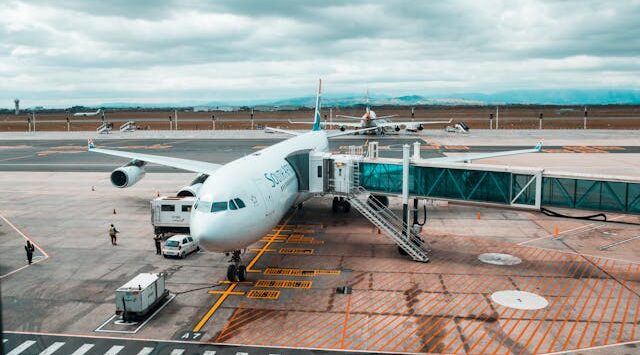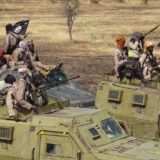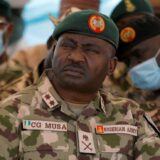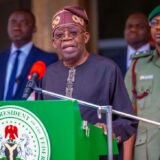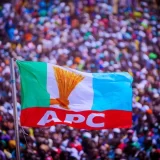Naira Weakens Further in Parallel Market Amid Dollar Scarcity and Global Economic Pressures
The Nigerian naira took another hit in the parallel market on April 10, 2025, plunging to N1,621 per U.S. dollar—a sharp drop from N1,580 the previous day—as dollar scarcity and global economic headwinds battered the currency. Traders in Lagos and Abuja reported a surge in demand amid dwindling supply, exacerbated by U.S. President Donald Trump’s 14% tariffs and a global oil price slump to $57 per barrel. With Nigeria’s foreign exchange reserves bleeding for 34 days straight and inflation soaring at 40%, the naira’s woes signal deepening economic strain as of April 11, 2025.
Parallel Market Plummet: Dollar Drought Bites
Bureau de Change operators in Wuse Zone 4, Abuja, pegged the naira at N1,621/$1 by late April 10, a N41 slide in 24 hours, confirming reports from market surveillance. “Demand spiked—small businesses can’t get dollars from banks,” said a trader, who noted rates hit N1,645 intraday before settling. The official rate lagged at N1,644/$1 on April 9, per Central Bank of Nigeria (CBN) data, narrowing the gap slightly but underscoring liquidity woes. Analysts link the crunch to importers stockpiling dollars and speculators betting against the naira amid global uncertainty.
Global Pressures Pile On: Tariffs and Oil Slump
Trump’s tariffs, effective April 9, jolted Nigeria’s $6 billion U.S. export market, while OPEC+’s 411,000-barrel-per-day output hike tanked Brent crude to $57—well below Nigeria’s $75 budget benchmark. “Oil’s our lifeline; this is a gut punch,” said economist Dr. Chijioke Okonkwo. The CBN’s $197.71 million forex sale on April 6 failed to stem the tide, with reserves dropping despite a 23% yearly rise to $40.08 billion by January. “Global shifts and local shortages are a toxic mix,” Okonkwo added, pointing to Trump’s trade war and a looming U.S. recession as triggers.
Economic Fallout: Inflation and Protests Surge
The naira’s fall fuels Nigeria’s 40% inflation rate, per the National Bureau of Statistics, with food prices—like rice at N100,000 per bag—driving protests in Lagos and Kano. “We’re pricing goods on replacement costs, not hope,” said trader Adebayo Tunde. The stock market shed N659 billion on April 7, reflecting panic over revenue losses estimated at $10 billion. Social media erupted, with #NairaCrisis hitting 90,000 posts by April 11, blending despair (“Dollar scarcity’s killing us”) with calls for CBN action.
CBN’s Struggle: Interventions Fall Short
The CBN has scrambled to stabilize the naira, tightening rules for Bureau de Change operators and boosting official market liquidity. Governor Olayemi Cardoso warned of “harsh consequences” for forex code breaches, yet the parallel market’s N1,621 rate mocks alignment efforts with the official N1,644. “Reserves are up, but demand outstrips supply,” said Muda Yusuf of the Centre for Promotion of Private Enterprises. Proposals like tapping AfCFTA or cutting imports face skepticism as oil revenue—90% of forex earnings—dries up.
A Nation on Edge: Can Nigeria Recover?
Nigeria’s economic fabric frays as the naira weakens, with 70% youth unemployment, per NBS, and insecurity—like Boko Haram’s Borno surge—compounding the crisis. “This could spark a recession,” warned Yusuf, urging structural reforms. Posts on X plead for relief: “CBN, save us!” Yet, with global oil prices shaky and tariffs biting, Nigeria’s path to stability looks bleak. Will the government pivot fast enough, or will the naira’s nadir drag the nation deeper into chaos?



